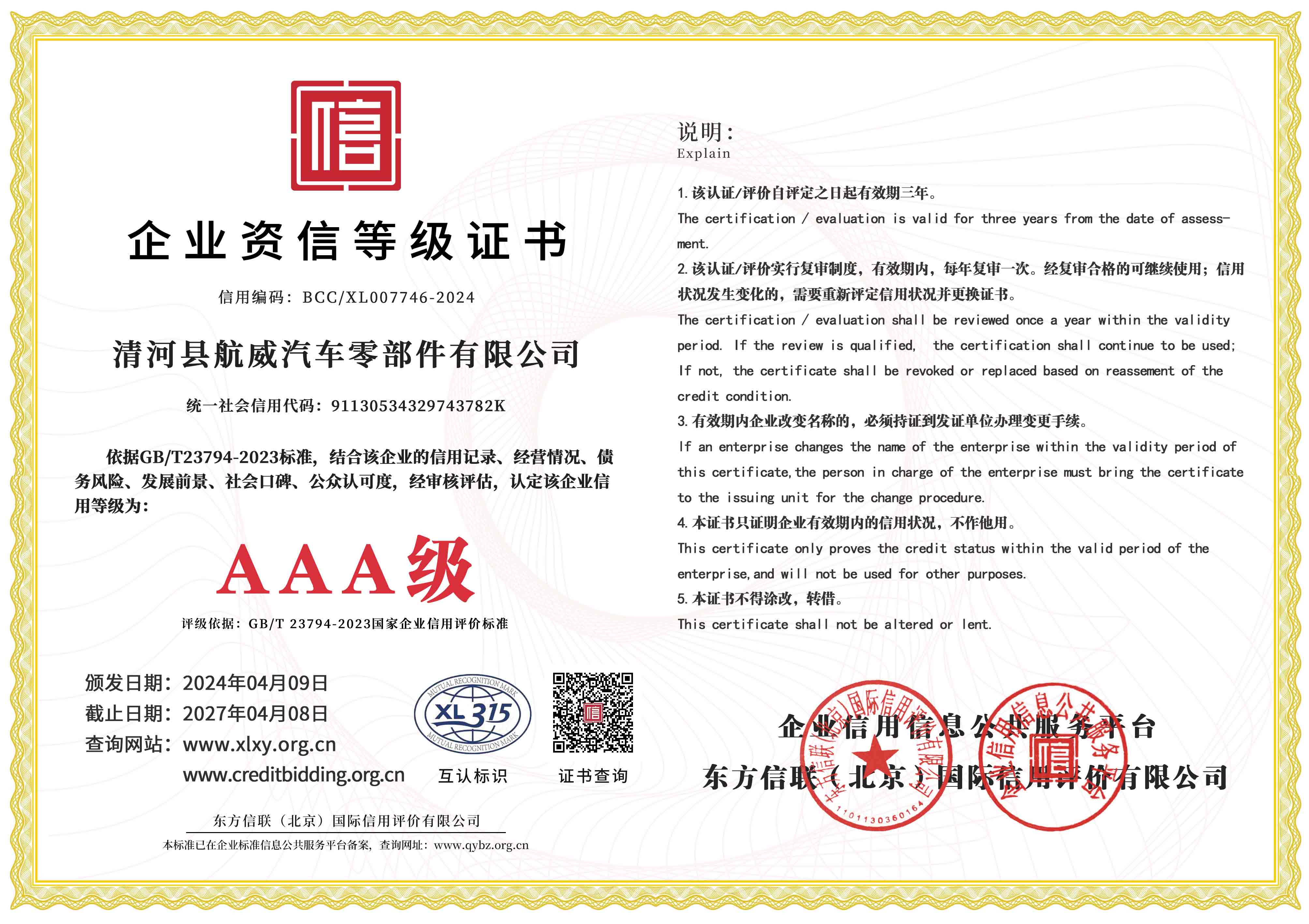kart throttle linkage
Understanding Kart Throttle Linkage A Comprehensive Overview
When it comes to go-kart racing, every component plays a crucial role in the overall performance and handling of the cart. Among these components, the throttle linkage stands out as a vital element that directly affects acceleration, speed control, and driver responsiveness. This article delves into the significance of kart throttle linkage, its design, and how it can impact your racing experience.
What is Throttle Linkage?
Throttle linkage is the mechanism that connects the throttle pedal to the carburetor or fuel injection system of the engine. Its primary function is to translate the driver’s intention—pressing the gas pedal—into precise control of the engine’s throttle, allowing the kart to accelerate smoothly and respond effectively to the driver’s commands.
Importance of a Well-Designed Throttle Linkage
A well-designed throttle linkage system is crucial for several reasons
1. Immediate Responsiveness In racing, milliseconds matter. A properly calibrated throttle linkage allows the driver to make quick adjustments to speed without lag, which is essential when navigating tight turns or attempting overtakes.
2. Consistent Performance Reliable throttle responsiveness is key to maintaining consistent lap times. An unpredictable throttle can lead to erratic acceleration, causing difficulties in managing the kart’s dynamics.
3. Driver Comfort An ergonomic throttle linkage that feels natural and comfortable for the driver can enhance overall performance. If a driver has to exert too much effort to operate the throttle, it can lead to fatigue and decreased focus during a race.
Components of Throttle Linkage
Throttle linkage systems can vary in complexity, but they generally consist of several common components
kart throttle linkage

1. Throttle Pedal The driver-operated component that initiates the acceleration process.
2. Connecting Rod or Cable This is the link between the throttle pedal and the carburetor. It can be either a rigid rod, which offers direct control, or a flexible cable, which can provide smoother operation at the potential cost of precision.
3. Pivot Points These are the points where the linkage rotates or moves. Proper positioning of pivot points is essential for maximizing the efficiency of the throttle response.
4. Carburetor/Fuel Injection System This component receives the actuation from the linkage and regulates the amount of fuel and air entering the engine, thus controlling speed.
Common Issues with Throttle Linkage
While throttle linkage is a relatively simple system, it can encounter various issues that might affect performance. These include
- Wear and Tear Over time, moving parts can wear out, leading to inconsistent performance and responsiveness.
- Misalignment If the linkage is not properly aligned, it may cause delayed throttle response or sticking, making the kart hard to control.
- Binding Dirt and debris can accumulate in the linkage, causing it to bind and not operate smoothly. Regular maintenance can alleviate this issue.
Conclusion
In conclusion, the throttle linkage is a key component in the performance of a go-kart. Understanding its function and importance can make a significant difference in racing performance. Whether you are a seasoned racer or a novice, paying attention to the throttle linkage and ensuring it is well-maintained and appropriately calibrated can enhance your overall racing experience. Investing time and resources into this critical aspect of karting can lead to improved lap times, better control, and a more enjoyable ride on the track.
-
Workings of Clutch Pipe and Hose SystemsNewsJun.04,2025
-
The Inner Workings of Hand Brake Cable SystemsNewsJun.04,2025
-
The Secrets of Throttle and Accelerator CablesNewsJun.04,2025
-
The Hidden Lifeline of Your Transmission Gear Shift CablesNewsJun.04,2025
-
Demystifying Gear Cables and Shift LinkagesNewsJun.04,2025
-
Decoding Clutch Line Systems A Comprehensive GuideNewsJun.04,2025
